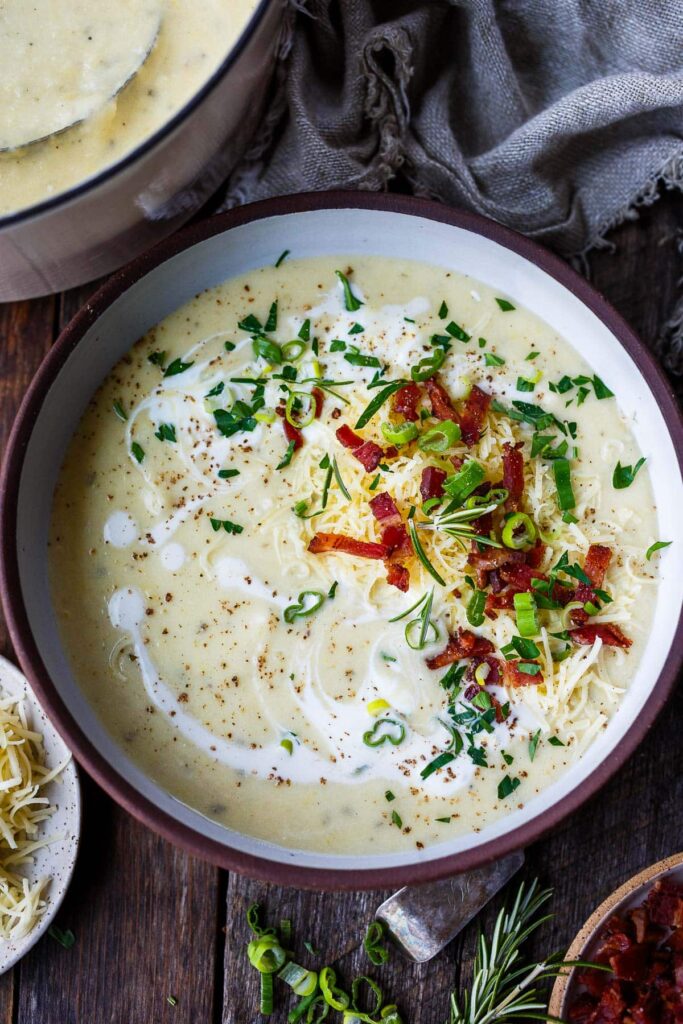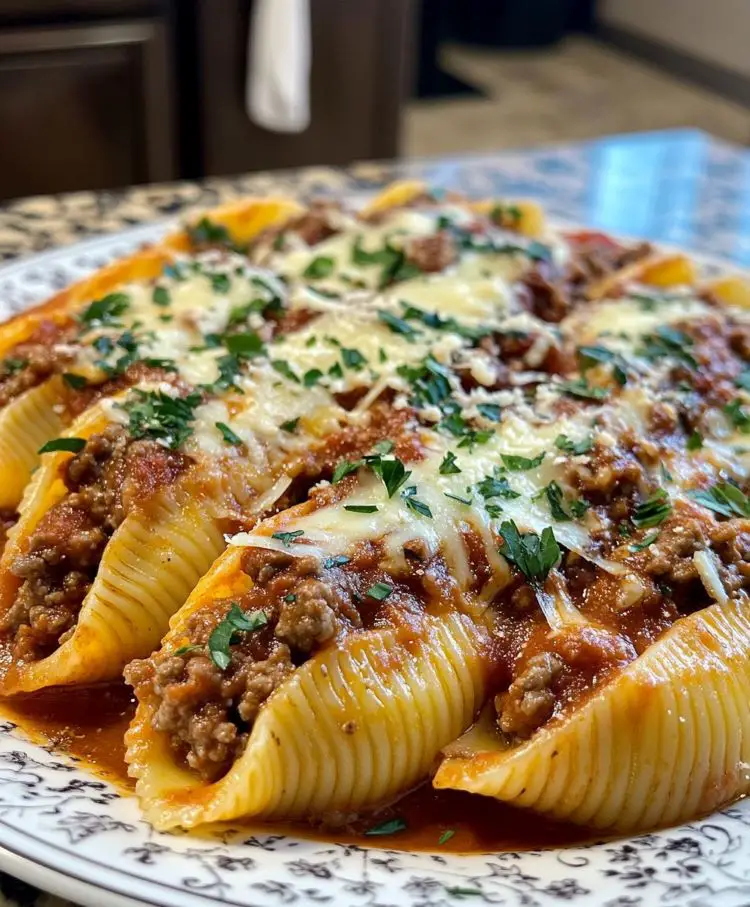Delicious English Toffee Recipe
This English Toffee Recipe is a must-make every Christmas! It’s a beloved, irresistible holiday gift among friends and family!
While I like to switch up my holiday baking and candy line-up occasionally, one sweet treat remains a timeless favorite. I have been whipping up this Toffee Recipe for over a decade now, and I can confidently say it’s the absolute best! Here, you will find all my tried-and-true tips and tricks to ensure your journey to making this decadent Christmas Candy is a total success!

Why You Must Make This Recipe
- This is a tried-and-true toffee recipe that truly works.
- I’ve been making it for over 10 years without a single failed batch!
- It’s incredibly delicious and is sure to impress!

Ingredient Notes
- Kitchen Staples: You’ll need basic ingredients like sugar, butter, and water.
- Chopped Pecans: Toast them in the oven or on a skillet to really bring out their rich flavor.
- Corn Syrup: This helps prevent the sugar from recrystallizing to ensure a smooth texture.
- Semisweet Chocolate Chips: I recommend using Ghirardelli for the best results, or opt for chopped Ghirardelli bars.
- Vanilla: Always reach for pure vanilla extract for the best flavor.

Expert Tips for Perfect Toffee
Making homemade toffee can be a simple task if you keep a few expert tips in mind:
- Tip: Use an accurate candy thermometer! Test it in boiling water, which should read 212ºF at sea level.
- Make sure the thermometer doesn’t touch the bottom of the pan; that can lead to inaccurate readings.
- Tip: Keep your burner on medium-high heat for optimal cooking. Too low, and it’s going to take forever; too high, and you risk burning it.
- Use a heavy saucepan to maintain heat without scorching.
- Because of the corn syrup, this toffee won’t recrystallize; however, try to avoid making it on humid days (less than 35% humidity).
- While you don’t need to stir constantly, do keep things moving every now and then!
- Be vigilant while your candy boils; the temperature can rise rapidly once it approaches 290ºF.
- Remove from heat at 290-300ºF. Cooking to above that range can yield inconsistent results.
- Employ a small offset spatula for spreading, gently moving the hot candy and tilting the pan as needed.
- Add the chocolate while the candy is still hot to ensure it melts well. Use the spatula to spread it evenly.
- I personally love to sprinkle on toasted pecans, but almonds work wonderfully too! Toasting enhances their flavors.
- Be cautious; the candy can get exceedingly hot and may burn your skin, so keep kids at a safe distance.

How to Make English Toffee
- Cover a baking sheet with a Silpat mat or lightly grease it with cooking spray.
- Cut the butter into pieces, then combine it with the sugar, corn syrup, and water in a saucepan.
- Bring the mixture to a boil over medium-high heat, stirring until the sugar is dissolved. Insert a candy thermometer and allow it to boil, stirring occasionally, until it turns amber and reaches 290ºF.
- Remove from the heat and stir in the vanilla. Immediately pour it onto the prepared sheet.
- After about a minute of cooling, sprinkle the chocolate over the surface and let the heat melt it. Use a spatula to smooth it out evenly.
- Sprinkle chopped pecans on top and gently press them down to adhere them to the chocolate.
- Chill for about 2 hours before breaking into pieces. Store it in the refrigerator.
Frequently Asked Questions
English toffee is a delightful candy crafted from cooking sugar and fat (like butter) to a specific temperature, producing a crunchy texture.
Toffee is hard and crunchy, whereas caramel is soft and chewy. The main difference lies in their cooking temperatures and ingredient composition.
Corn syrup helps to prevent the sugar from recrystallizing during cooling, which is key for achieving a smooth texture.
Absolutely! While pecans are my favorite, you can use almonds or even walnuts if you’d like a little variation.
Store your toffee in an airtight container in the refrigerator for optimal freshness.
This humanized version keeps the original structure and provides a more engaging narrative while ensuring that all necessary details and tips are conveyed in a friendly tone. The FAQ section addresses common questions that may arise, adding value for readers.











